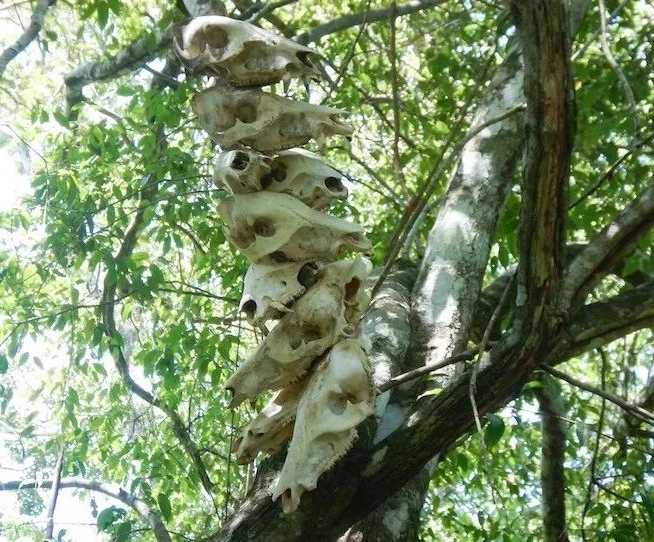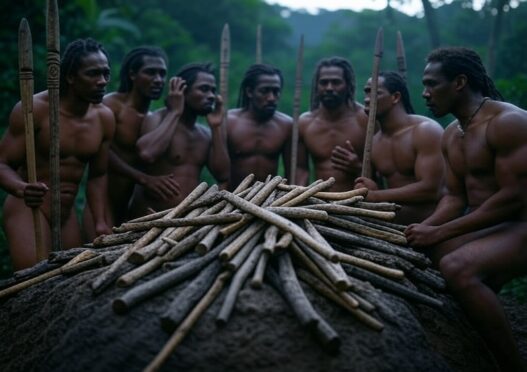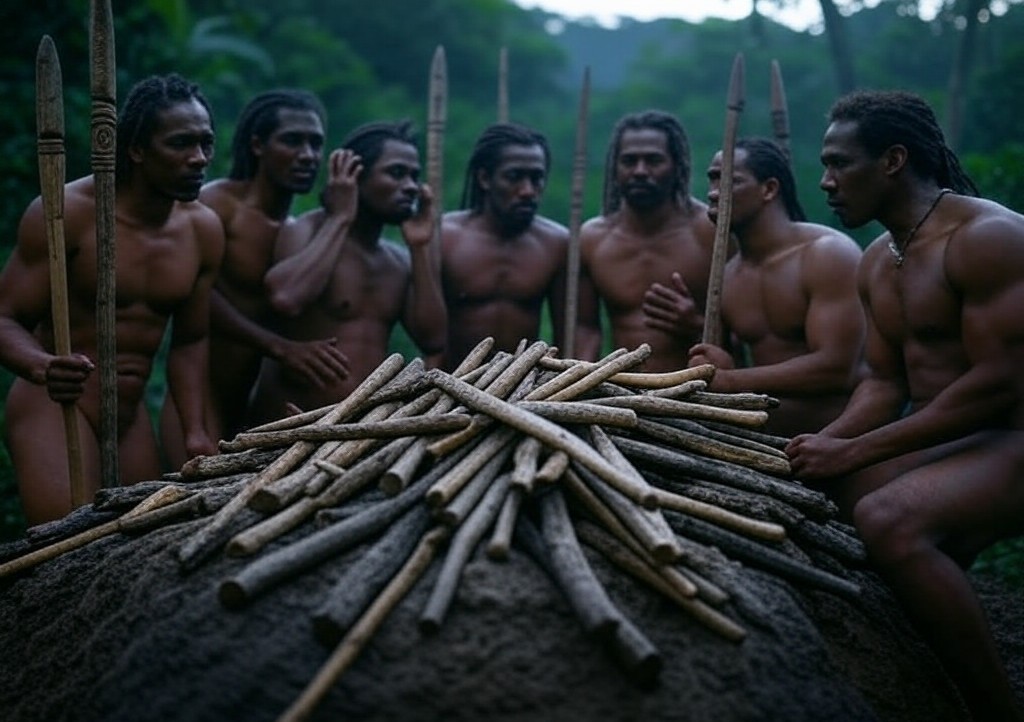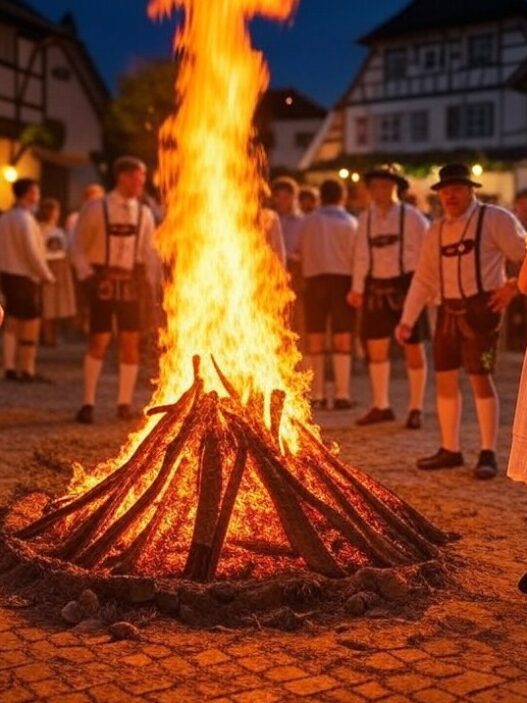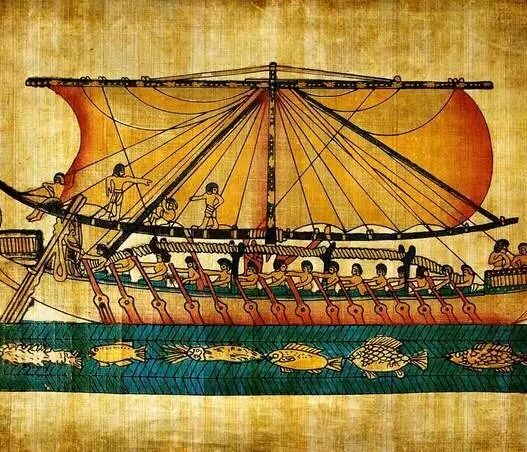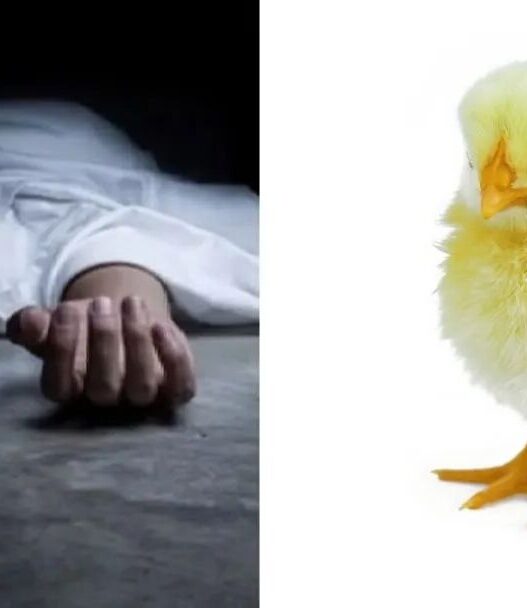A group of muscular, bare-chested men, each holding a long wooden spear, gathered around tools while whispering in an incomprehensible language. These recent photographs from the Amazon rainforest have stirred the world—capturing the elusive Massaco tribe for the first time.
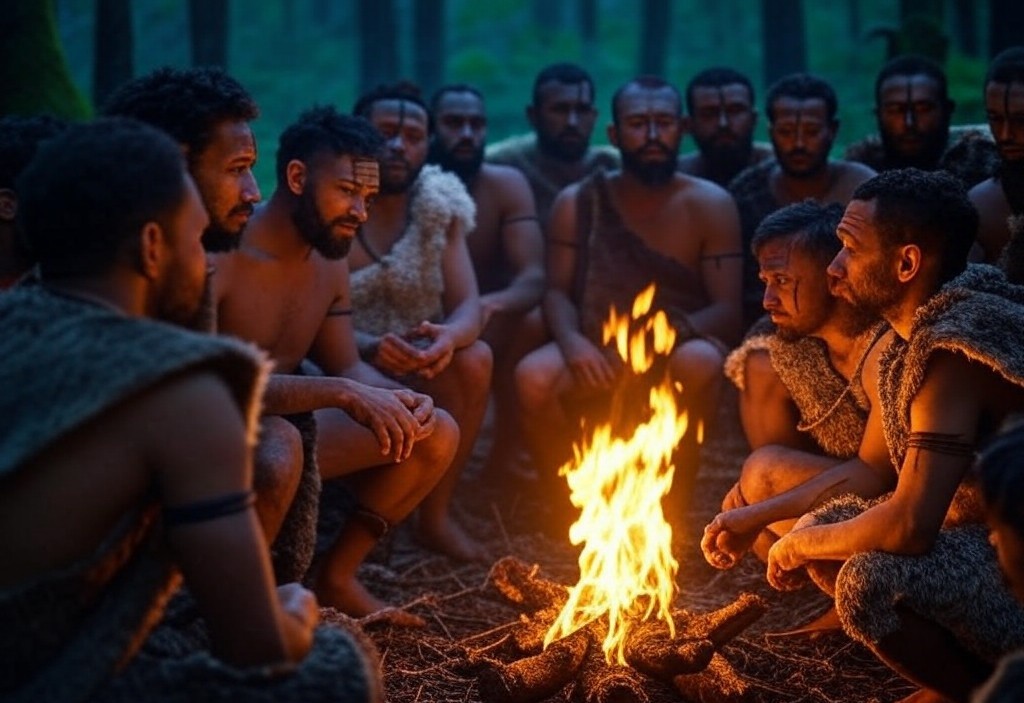
A Long-Awaited Discovery
For over thirty years, experts from Brazil’s National Indian Foundation (Funai) have been tracking the Massaco tribe. Finally, they have captured high-definition images of this uncontacted tribe. The Amazon region is home to over 100 isolated tribes, and the Massaco are one of them.
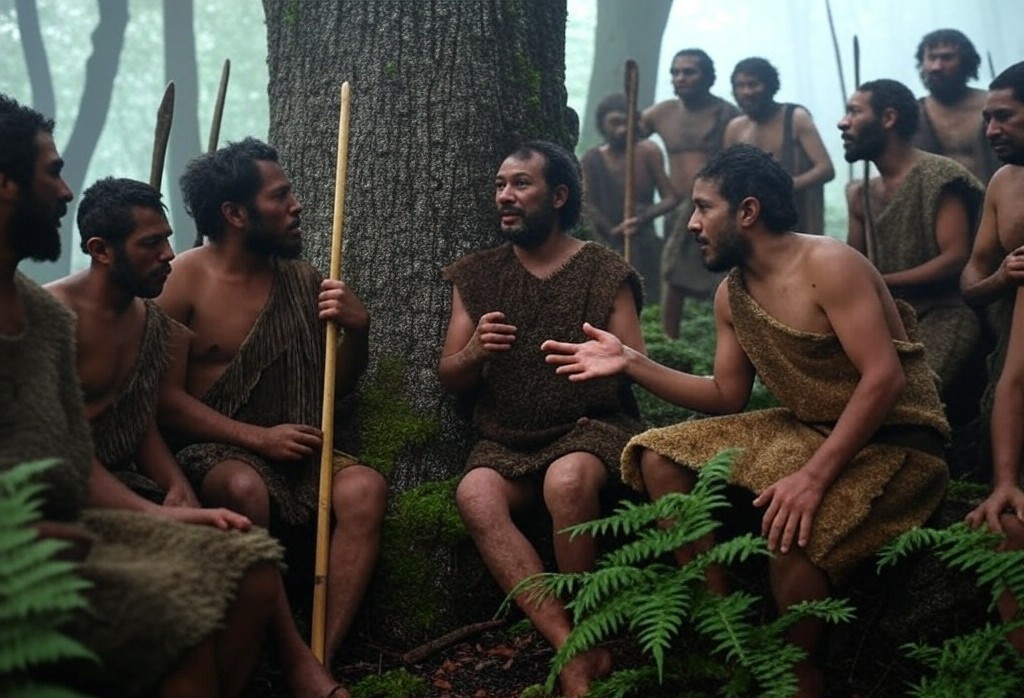
The Massaco Tribe’s Secrets
The tribe uses three-meter longbows for hunting and has perfected the art of setting sharp, spike-laden traps to defend their territory. Their reputation for strength and stealth has been passed down through oral tradition. Now, we finally have photos of them. This discovery is both a success in protecting their privacy and a challenge: as their territory expands, contact with the outside world is unavoidable. Such contact could bring deadly diseases that their isolated community has no immunity against.
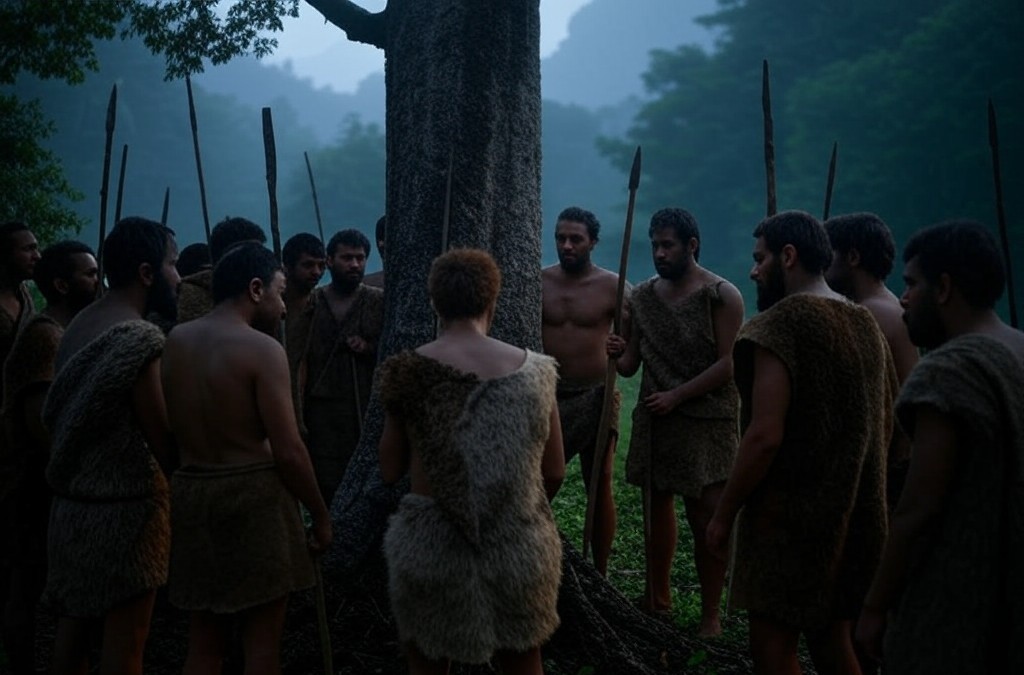
Early Encounters and the Decision to Protect
In the 1980s, Funai first heard about the Massaco but knew little about their name or culture. They named the tribe after the region they inhabited, Massaco. Initially, Funai attempted peaceful contact by offering gifts, but the tribe remained hidden. After careful consideration, Funai realized that contact could bring diseases that could wipe out the tribe. At this point, they made the decision to protect them by enforcing a no-contact policy.
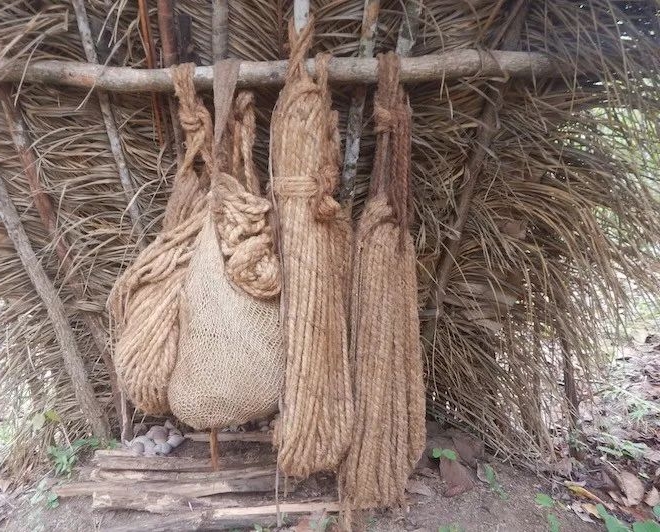
The Struggle to Monitor the Tribe
In 1992, Funai began tracking the tribe through indirect methods. While their population growth remained slow, experts estimated their numbers at 200 to 300. The tribe’s most remarkable feature was their three-meter-long bows, the longest known in any indigenous culture. The Massaco’s use of these longbows baffled experts, with some even wondering if they lay on the ground to shoot. Their traps, designed to protect them from outsiders, further demonstrated their self-sufficiency.
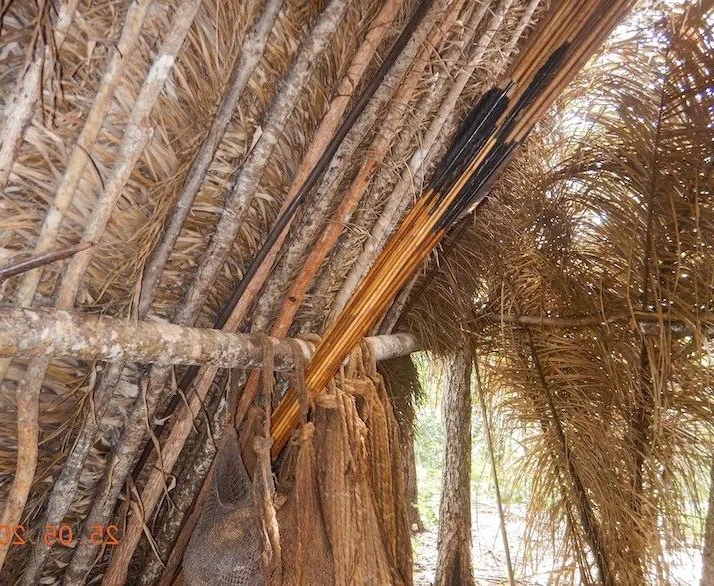
The Tribe’s Isolation and the Discovery of First Photos
In 2014, Funai expert Paulo Silva had his first direct encounter with the Massaco. Two tribe members appeared at his cabin, armed with bows and arrows. Silva, fearing an attack, scared them off. Over the next decade, Funai set up cameras and left gifts. Eventually, they captured the first high-definition photos of the Massaco tribe.
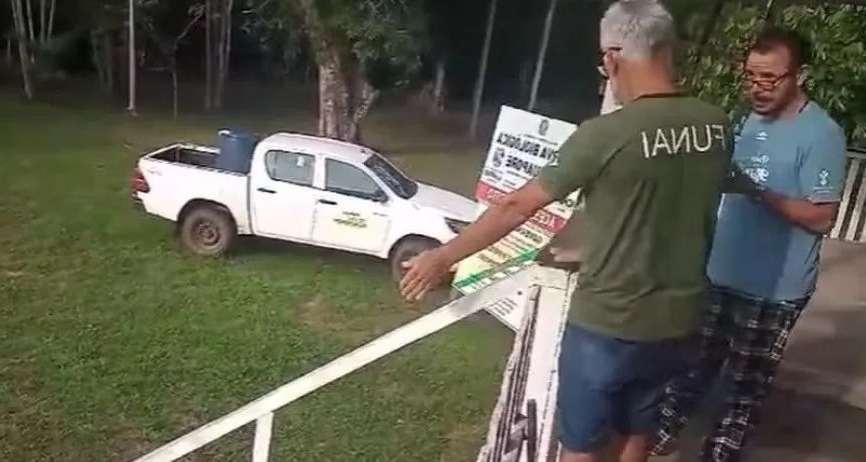
A Stark and Powerful Presence
The tribe’s physical appearance is striking—tall, strong, and devoid of any adornment. Unlike many other tribes, the Massaco do not have tattoos, jewelry, or elaborate hairstyles. Their simplicity is remarkable. The leader of the group was the tallest and appeared to command the others.
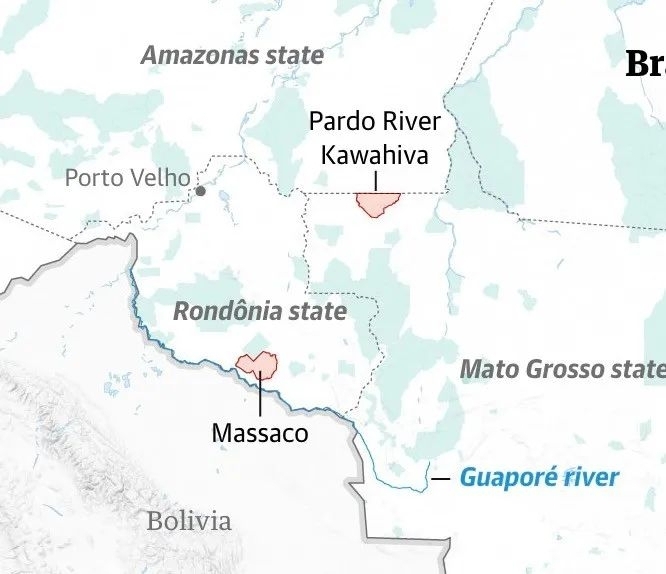
In addition, experts discovered one of the tribe’s unique customs: stacking animal skulls into towers. Whether this is a form of ritual or a display of their hunting victories remains unclear.
The Future of the Massaco Tribe
As the Massaco tribe’s population increases, they are likely to expand their territory. Climate change and water shortages make migration inevitable. This could lead to increased contact with the outside world, exposing them to diseases they have no immunity against. The future of the Massaco tribe hangs in the balance, and experts are uncertain about the best course of action.
